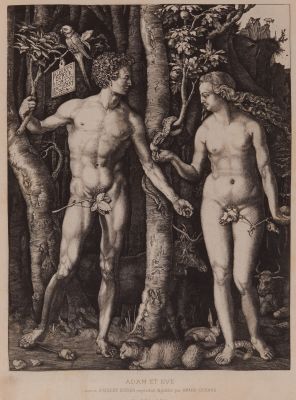
Title
La SimiligravureArtist
Petit, Ch. (British, 1856-1937)Publication
Catalogue de l'exposition de gravures anciennes et modernes, 4 Juillet 1881Date
1881Process
SimiligravureImage Size
24.2 x 16.2 cm
A Similigravure is a “Phototypographique” – an early single line Halftone. He may have discussed his method as early as 1870. Petit first created a high chromated gelatin relief from which he created a plaster copy. “He inked the surface of the plaster cast and then cut across it in a ruling machine with a V-shaped tool. As this cut deepest into the raised portion of the relief representing the lights of the picture it also left the depression more or less untouched, there was produced an effect of halftone which was then photographically reproduced in the form of a printing plate.” The term “similigravure” became the French equivalent to “halftone” even after the use of line screens became common. [1]
Reproduced / Exhibited
Hanson, David A. Checklist of Photomechanical Processes and Printing, 1825-1910. , 2017. p. 104.
References
[1] Hanson, David A. Checklist of Photomechanical Processes and Printing, 1825-1910. , 2017. p. 69
Ivins, William M. "Photography and the "modern" Point of View: a Speculation in the History of Taste." Metropolitan Museum Studies. 1.1 (1928): 16-24. Print.
Ives Philadelphia Photographer, March, 1881, pgs 89-90
